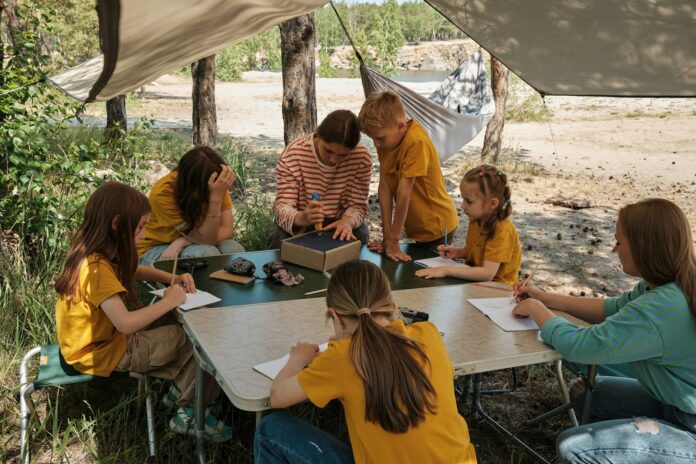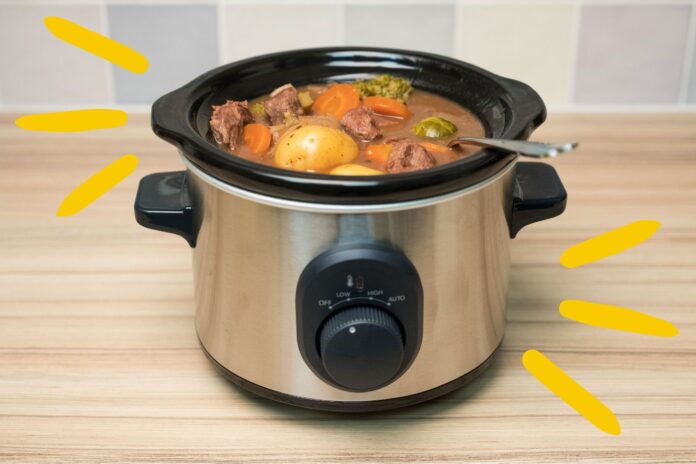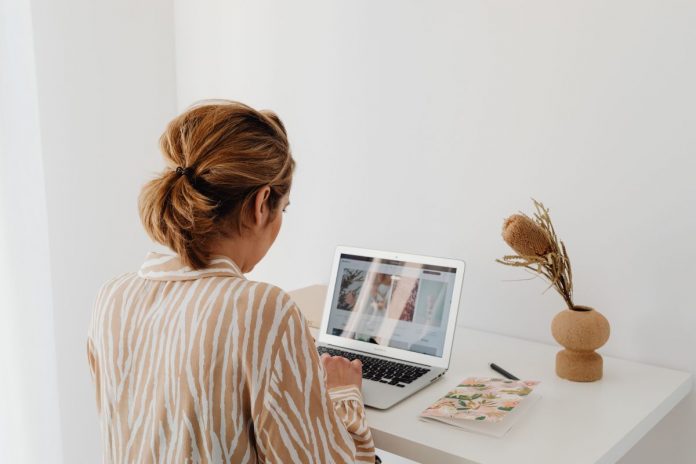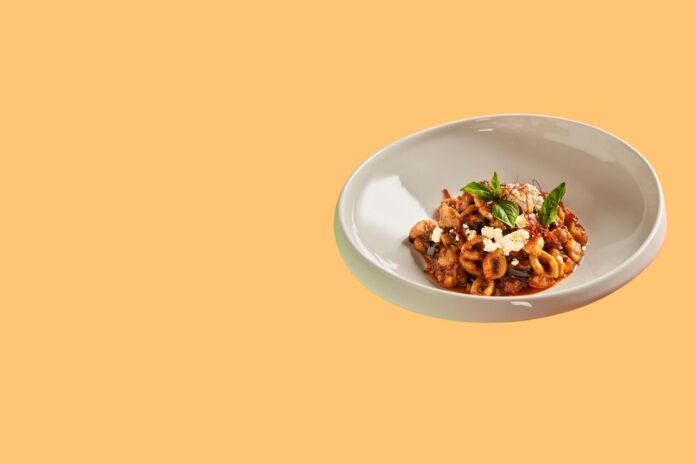Nestled between the Alps and the Adriatic, Ljubljana might be Europe’s most enchanting capital you haven’t visited yet. This pocket-sized city, with its emerald river, castle-crowned hill, and streets that feel lifted from a fairytale, manages to pack all the culture of its larger neighbours into a delightfully walkable centre. While tourists flock to nearby Venice or Vienna, those in the know slip away to Slovenia’s capital, where dragons guard bridges and local wines flow freely in cobblestone courtyards.
Slovenia’s capital city has undergone a remarkable transformation since gaining independence in 1991. The pedestrianised centre, once clogged with traffic, now hums with café life and street musicians. This renaissance, coupled with the city’s commitment to green initiatives (it was named European Green Capital 2016), has created one of Europe’s most liveable – and loveable – capitals.
Day 1: Dragons & Delicacies
Breakfast: Coffee and Culture
Begin your Ljubljana story at the city’s beating heart – the Central Market, conveniently located between the Triple Bridge and Dragon Bridge. This open-air feast designed by beloved architect Jože Plečnik stretches along the Ljubljanica River, offering a crash course in Slovenian food culture. The colonnade’s elegant arches shelter vendors selling everything from foraged mushrooms to mountain cheese and local honey.
Start with a coffee at Črno Zrno, where locally roasted beans and the gentle morning bustle of market traders create the perfect Ljubljana awakening. Their cold brew, steeped for 12 hours, is a summer favourite among locals. For breakfast, explore the market’s dairy section, where farmers from surrounding villages sell fresh cottage cheese and sour milk – traditional Slovenian breakfast staples.
The market’s indoor section, housed in a striking modernist building, focuses on meat and fish. Look for vendors selling traditional Slovenian dried meats like pršut (air-dried ham) and zaseka (minced lard spread), perfect for picnic provisions later.

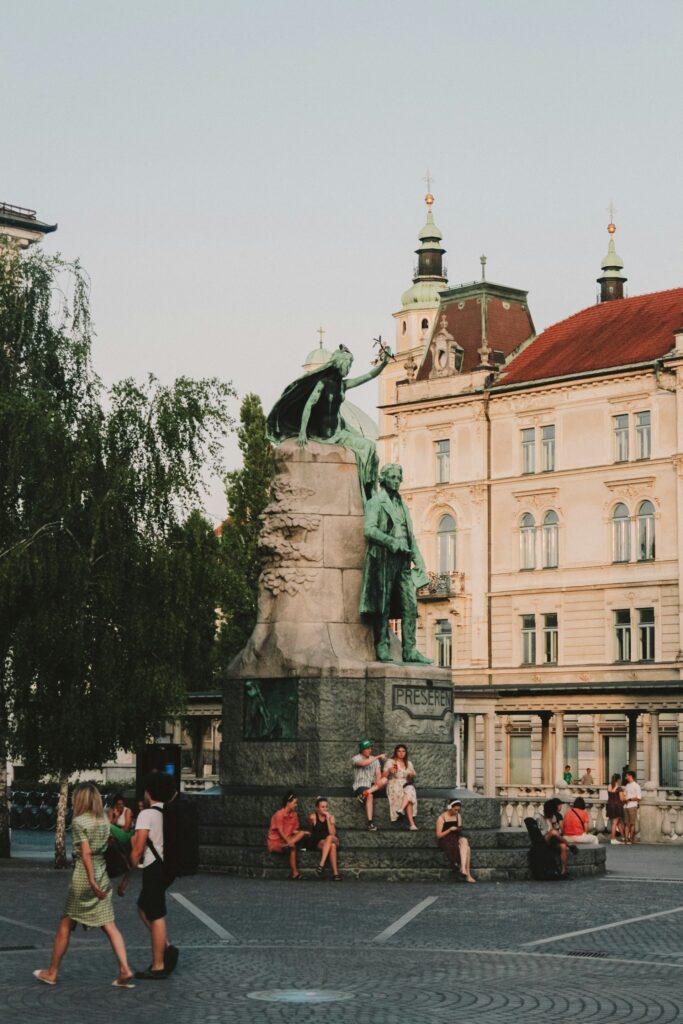
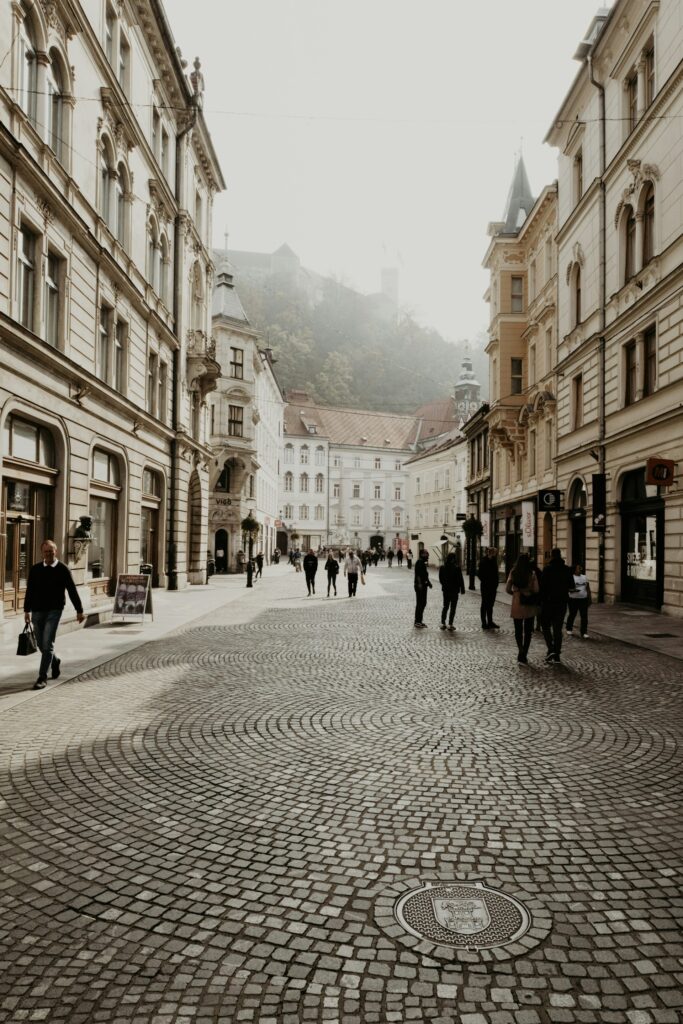
Morning: Castle Views
Take the funicular up to Ljubljana Castle for sweeping views over terracotta roofs to distant Alpine peaks. While the funicular offers the easiest ascent, the walking path through the forested hill provides a lovely alternative, taking about 20 minutes through chestnut trees and offering occasional glimpses of the city below.
The castle’s Viewing Tower offers the best panoramas, but don’t miss the Museum of Slovenian History for context about this fascinating crossroads of European culture. Time your visit for noon to watch the firing of the cannon – a tradition dating back to 1813. The castle’s Chapel of St George, with its recently restored Gothic frescos, provides a peaceful respite from the tourist crowds.
The castle’s permanent exhibition on Slovenian history is particularly well-curated, offering interactive displays about everything from Roman Emona to the country’s independence. The Virtual Castle experience, using augmented reality to show the fortress’s evolution over centuries, is worth the extra few euros.
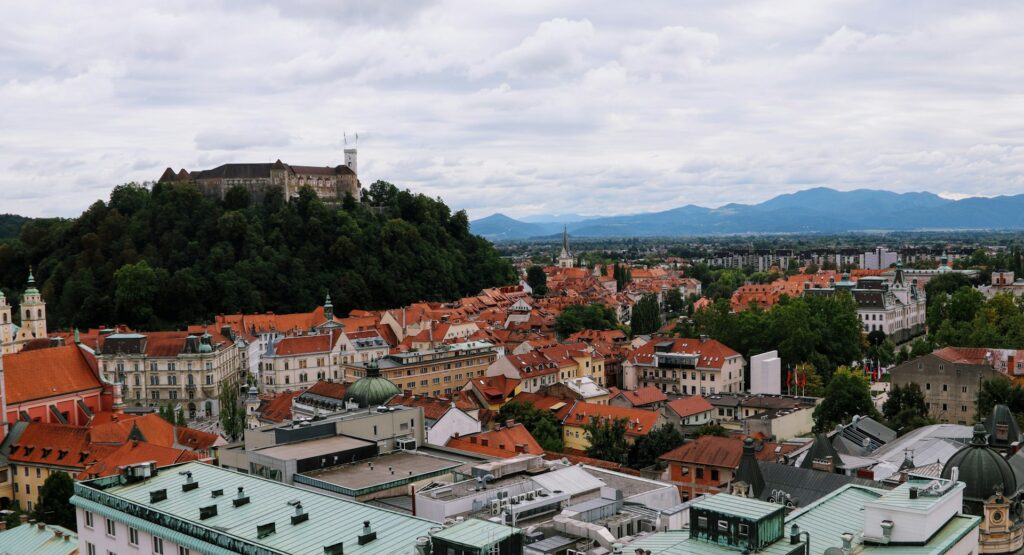
Lunch: Market Treasures
Return to ground level for lunch at Klobasarna, a tiny spot specialising in Carniolan sausage, Slovenia’s protected national dish. These hearty sausages, served with fresh horseradish and mustard, offer a taste of traditional Slovenia. Pair it with local craft beer from nearby Human Fish Brewery, whose copper-coloured ale has won international awards.
For dessert, walk a few steps to Cacao, where they serve multiple varieties of potica, Slovenia’s traditional rolled pastry. The walnut version is classic, but the tarragon one offers an intriguingly different sweet-herbal flavour that’s unique to Slovenian cuisine. If you’re still hungry, pop over to Puffy Lil’ Pancakes – while it’s not a traditional Slovenian treat, it’s one of our favourite spots in the city for a pick me up.
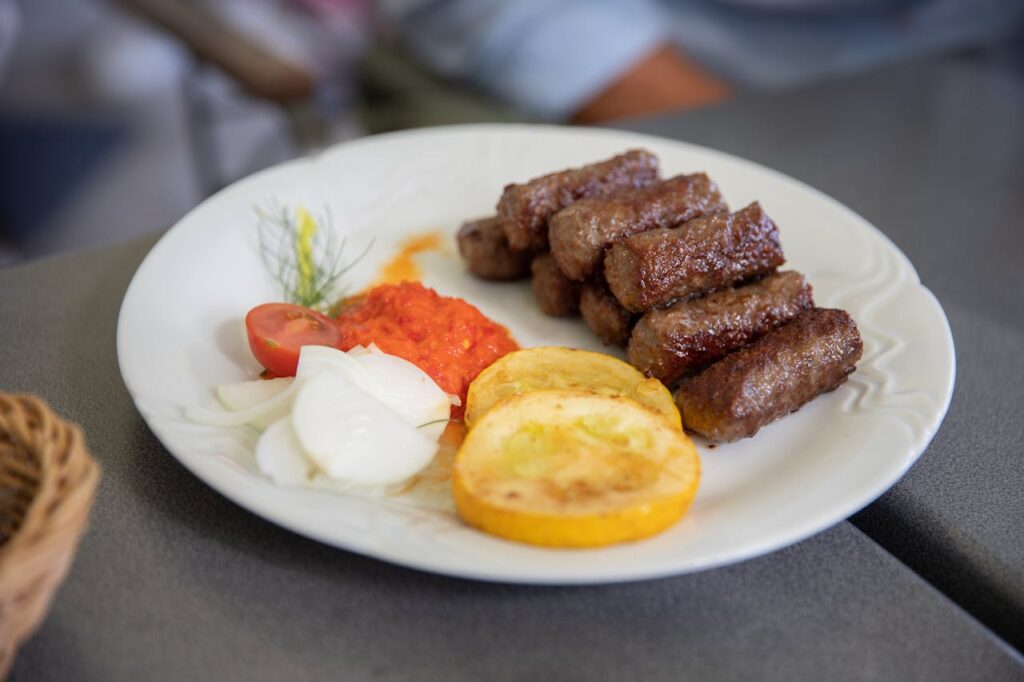
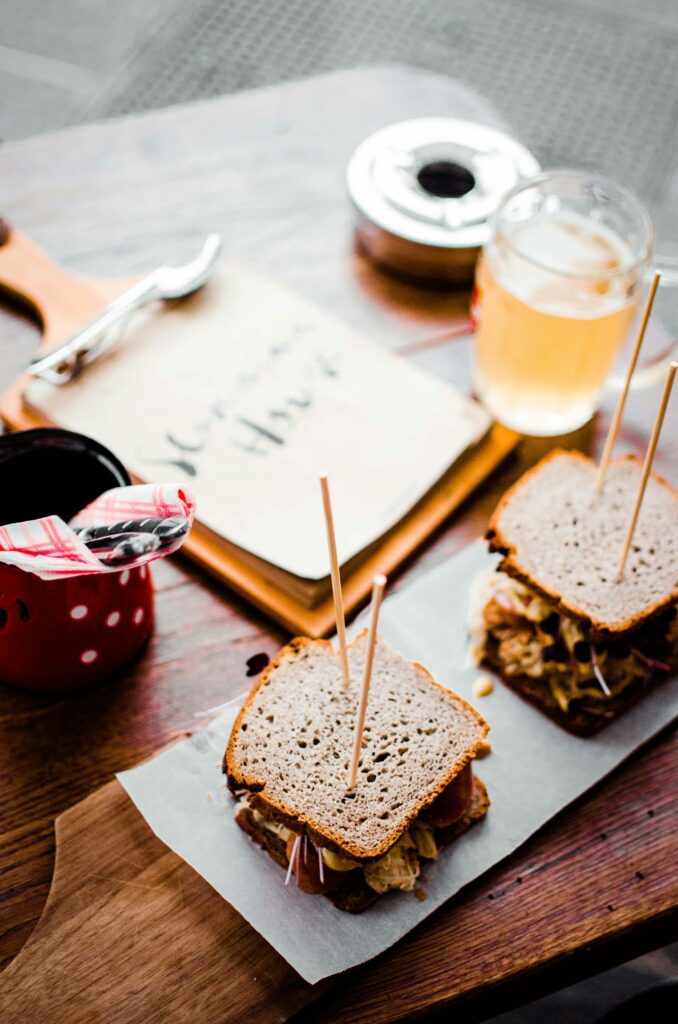
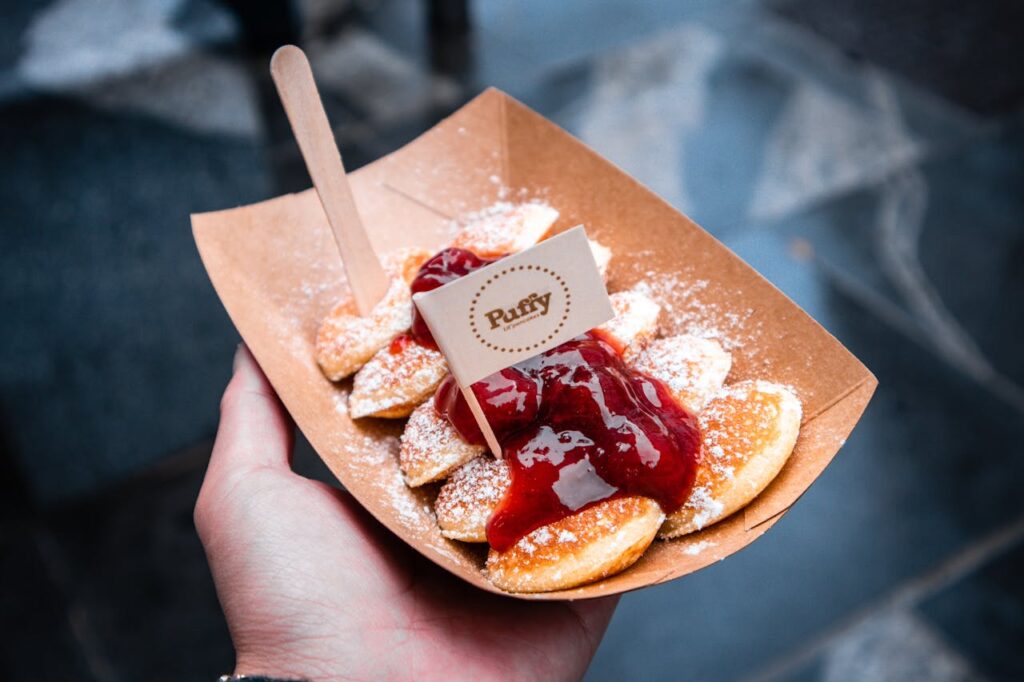
Afternoon: Urban Exploration
After lunch, follow the riverbank northeast to the famous Dragon Bridge, where four copper dragons stand guard. These fearsome creatures aren’t just decorative – according to legend, they wag their tails when a virgin crosses the bridge. The dragons have become such a symbol of the city that you’ll find their image everywhere from manhole covers to the local football club’s crest.
From here, it’s a short walk to the emerging Poljane district, where you’ll find an engaging mix of local life and historic architecture. Take Poljanska cesta towards the Metelkova Mesto, a former military barracks turned autonomous cultural centre that showcases the city’s alternative spirit. This ‘city within a city’ hosts numerous cultural events, from experimental theatre to electronic music nights. During the day, it’s a fascinating spot for photography, with every surface covered in murals, sculptures, and installations.
Just next door, the Ethnographic Museum offers fascinating insights into Slovenian folk culture, from beekeeping traditions to carnival costumes. The museum’s rooftop café provides another perspective on the city, particularly lovely at sunset. The whole area forms part of the Museum Quarter, making it easy to museum-hop if you’re culturally inclined.
If you’re keen to buy your tickets for all of this complex in advance, then you can find tickets at HelloTickets.co.uk for events all around the world, including in Ljubljana.
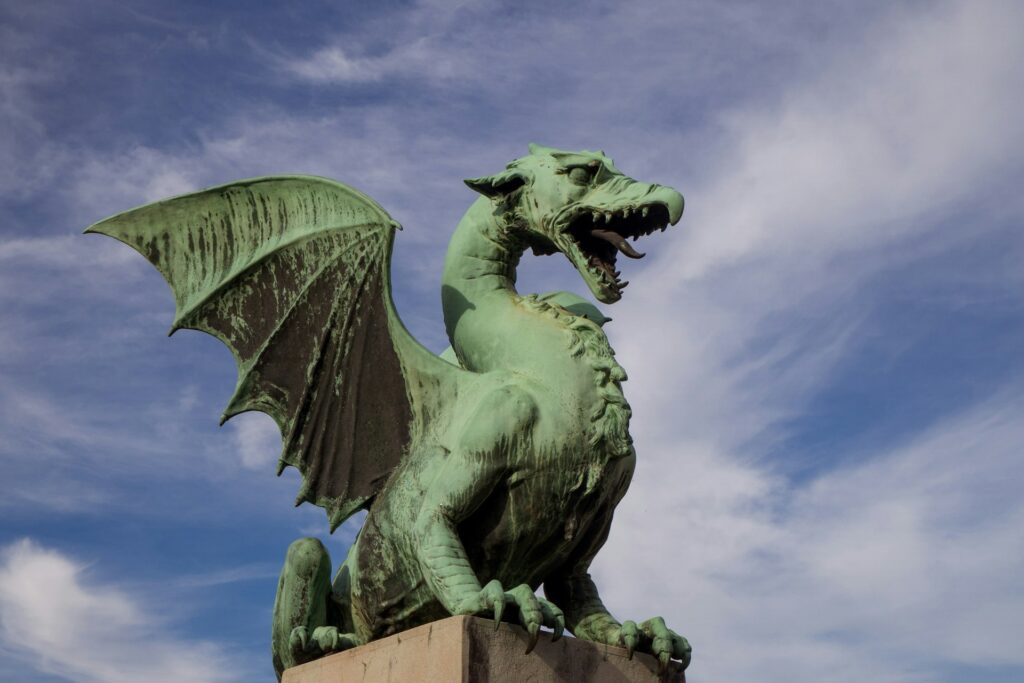
Evening: Riverside Dining
As dusk falls, the riverside comes alive. Secure a table at Michelin-starred Strelec Restaurant, housed in the castle’s archer’s tower. Here, modern interpretations of Slovenian cuisine meet medieval architecture. Their tasting menu showcases local ingredients like Istrian truffles and Piran sea bass, while the wine list features excellent Slovenian vintages from the Vipava Valley.
Chef Igor Jagodic’s creative takes on traditional dishes might include dried beef soup with buckwheat dumplings or their signature rabbit with wild garlic and nettle puree. The medieval-themed dining room, complete with suits of armour and candlelight, adds to the atmospheric experience. Book well in advance and request a window table for the best views over the illuminated city.
For a nightcap, head to Kolbiri Cocktail Bar, where local spirits like borovička (juniper brandy) feature in innovative cocktails. Their terrace offers prime people-watching along the riverside promenade.
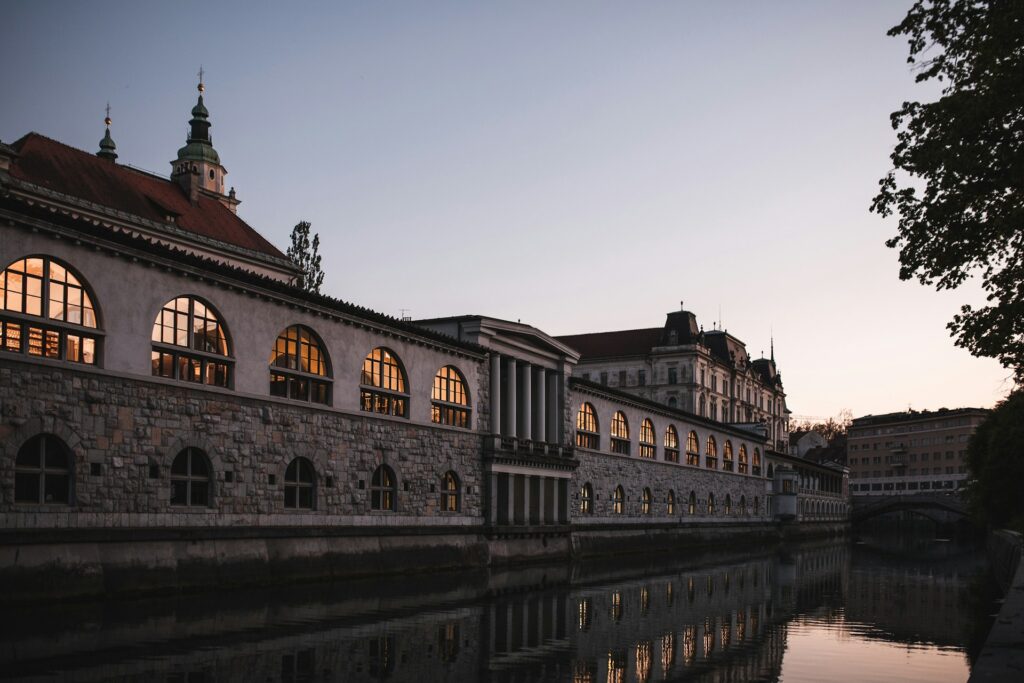
Day 2: Art, Architecture & Alpine Flavours
Breakfast: Waking Up With The Market
Start your second day at the Open Kitchen (Odprta Kuhna) in Pogačarjev trg, just behind the cathedral, if you’re visiting on a Friday between March and October. This weekly food market brings together Slovenia’s best chefs for an outdoor feast. The variety is impressive – from traditional gjerpje (buckwheat crepes) to modern fusion cuisine.
On other days, head to Le Petit Café on Trg Francoske revolucije for their legendary poached eggs and house-made sourdough. Their breakfast board, featuring local cheese, honey, and fruit preserves, offers a perfect taste of Slovenian morning traditions. The café’s location, in a quiet square surrounded by some of Ljubljana’s finest baroque architecture, provides a peaceful start to the day.
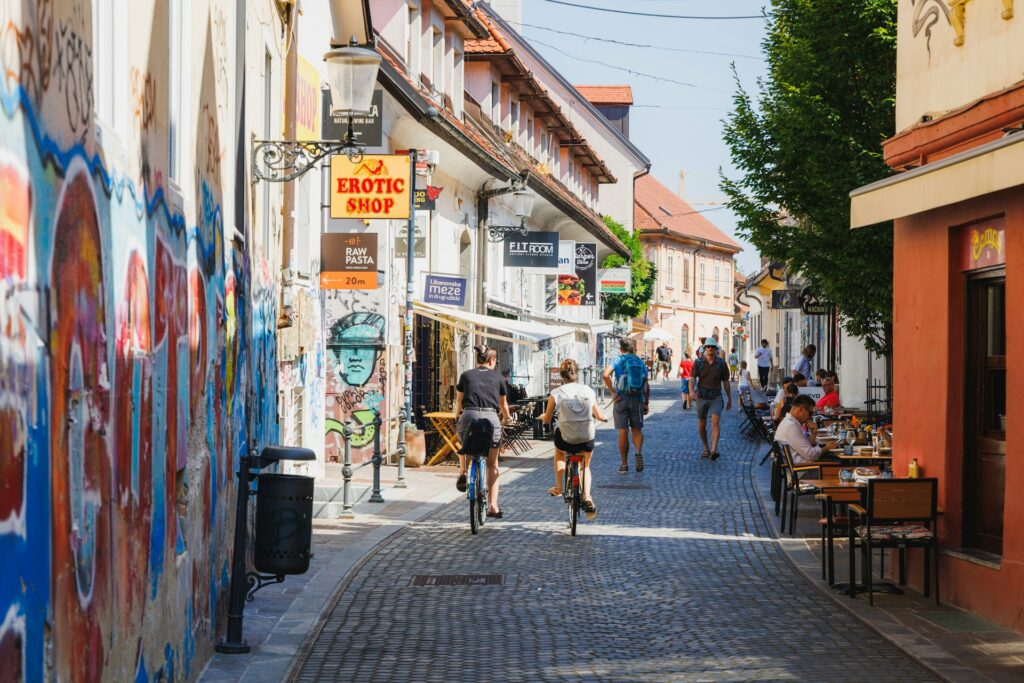
Morning: Plečnik’s City
Dedicate your morning to discovering the works of Jože Plečnik, the architect who gave Ljubljana its distinctive character. The Plečnik House, his former home and studio, offers fascinating insights into his vision for the city. The house remains much as he left it, complete with his drawing tools and personal library.
Follow this with a walk along the Triple Bridge and through the colonnaded Central Market, both masterpieces of his urban design. The National and University Library, another Plečnik masterpiece, showcases his distinctive style – look for the massive black marble doorway and the dramatic “dark-to-light” symbolism in the main staircase.
A lesser-known Plečnik site worth visiting is the Church of St Michael in the Marshes, located in the Trnovo district. Its unconventional design includes elements inspired by Ancient Greek architecture and local building traditions. The nearby Trnovo Bridge is unique – it’s the only bridge in the world that supports a row of trees and was designed to double as a town square.
Lunch: Local Flavours
Tuck into lunch at Julija, a charming restaurant in the old town serving traditional Slovenian cuisine with a contemporary twist. Their štruklji (rolled dumplings) and mushroom soup showcase the best of local, seasonal ingredients. The restaurant’s wine cellar stocks an impressive selection of Slovenian wines – ask for a recommendation from the lesser-known Štajerska region.
Don’t miss their house-made bread, baked twice daily using heritage grain varieties. The mushroom soup, made with foraged fungi when in season, is a particular highlight. For the full experience, try their tasting plate of traditional Slovenian cold cuts and cheeses, including unique items like pumpkin seed oil cheese from Prekmurje.
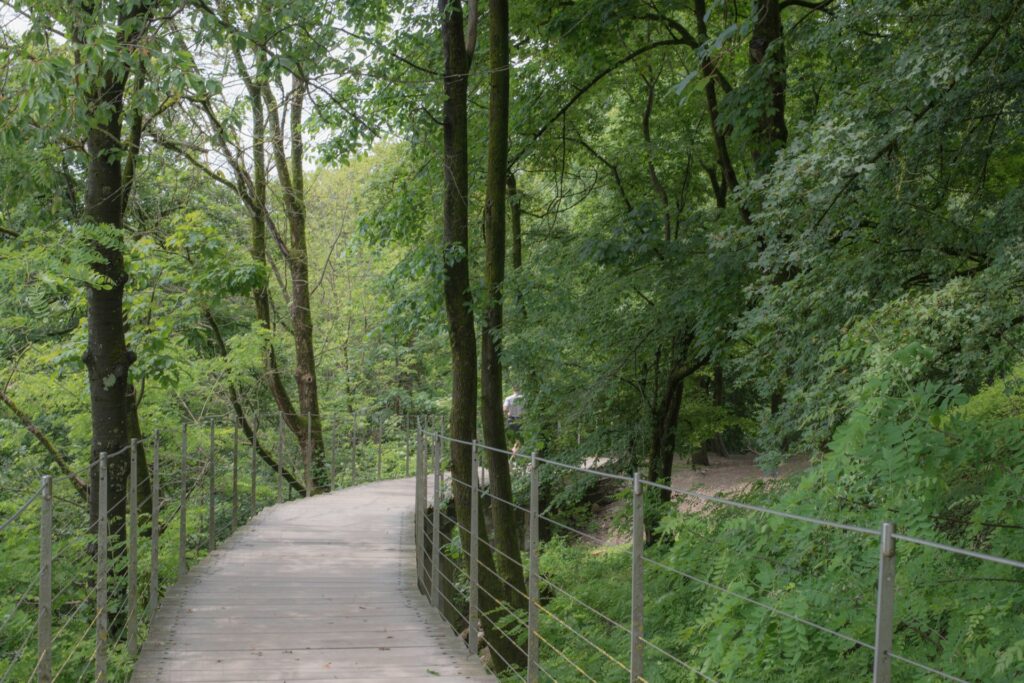
Afternoon: Green Escape
Spend your afternoon in Tivoli Park, Ljubljana’s green heart. This sprawling park houses the International Centre of Graphic Arts in a baroque mansion. The surrounding gardens and woods offer peaceful walking trails and surprising art installations. The park’s design, another Plečnik project, seamlessly blends formal gardens with natural woodland.
The Jakopič Promenade, the park’s main avenue, regularly hosts outdoor photography exhibitions. Look for the century-old trees marked with plaques – some are rare specimens planted during the Austro-Hungarian period. The Park Café offers a perfect pit stop for a slice of prekmurska gibanica, a traditional layered cake combining poppy seeds, walnuts, cottage cheese, and apples.
For art lovers, the Modern Gallery’s permanent collection provides an excellent overview of 20th-century Slovenian art. The sculpture park outside offers a peaceful spot for contemplation.
Evening: Wine and Dine In Style
End your stay at JB Restaurant, where chef Janez Bratovž crafts sophisticated dishes that have earned international acclaim. The restaurant’s wine cellar houses an impressive collection of Slovenian wines, and the sommelier’s knowledge adds another layer to the dining experience. The tasting menu might include modernised versions of traditional dishes like štruklji or innovative combinations like their signature chocolate-covered olive oil drops.
The cellar focuses particularly on orange wines from the Brda region, Slovenia’s answer to Tuscany. The sommelier offers excellent pairing suggestions, often highlighting small producers who don’t export beyond Slovenia’s borders.
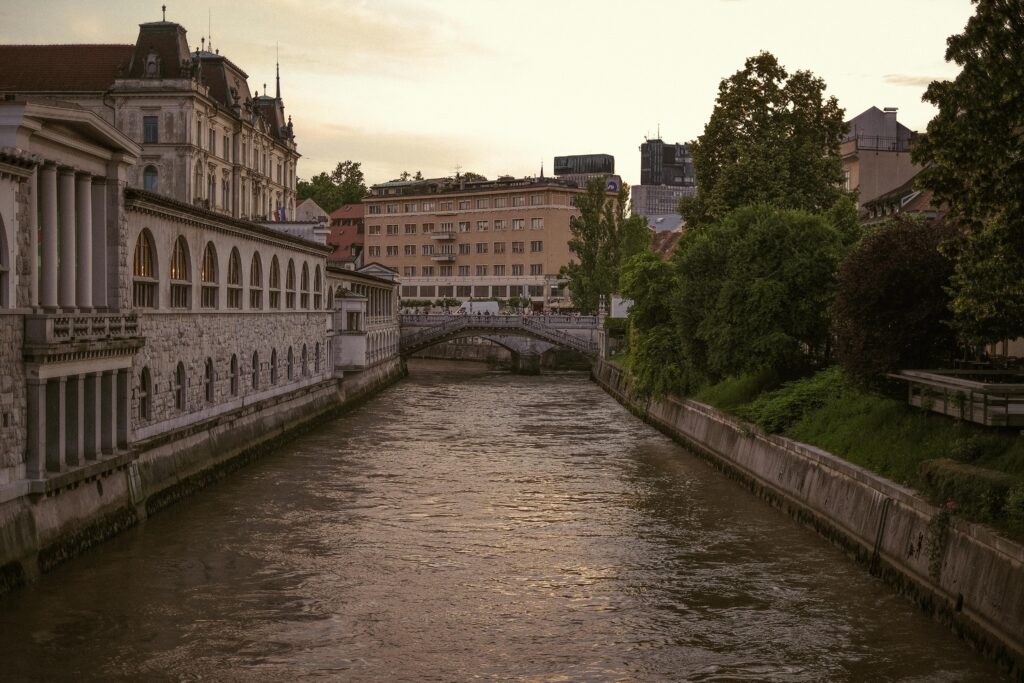
Beyond The City
While Ljubljana’s charm lies in its compact centre, some of Slovenia’s most spectacular sights lie just beyond. Lake Bled, with its fairy-tale island church and clifftop castle, is just 55 minutes away. The vast cave systems of Postojna and Škocjan can be reached in under an hour. The wine regions of Vipava Valley and Goriska Brda are perfect for day trips.
Getting There & Around
Direct flights operate from London Stansted and Gatwick to Ljubljana Jože Pučnik Airport, with a flight time of roughly two hours. The airport shuttle runs every hour to the city centre, taking about 30 minutes and costing €4. Alternatively, a taxi will set you back around €40.
Once in the city, you’ll find most sights within walking distance – Ljubljana’s compact centre is one of its greatest charms. The efficient bus network fills any gaps, while the BicikeLJ bike-sharing system offers a more active way to explore. Just remember to purchase an Urbana card from any tourist office for public transport.
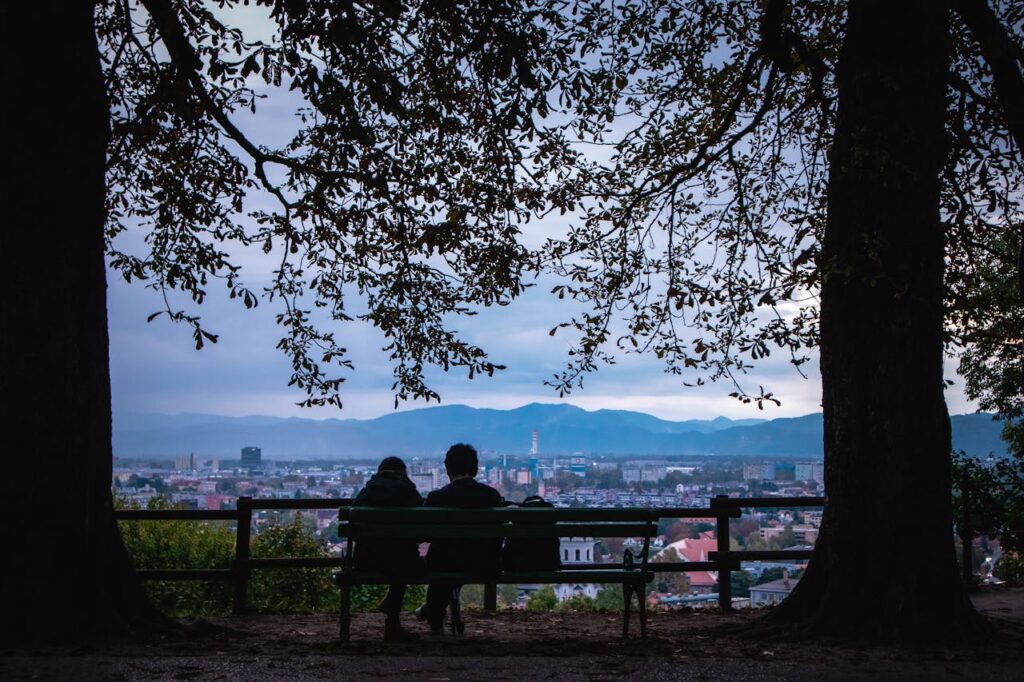
A Few Ljubljana Tips
Here are a few little tips to make your 48 hours all the more smooth and enjoyable…
- The Ljubljana Card offers free public transport and entry to major attractions, including the castle funicular.
- It pays for itself if you’re planning to visit at least three attractions. Most museums close on Mondays, but the castle remains open year-round.
- The best views of the castle are from the Nebotičnik skyscraper’s rooftop café – time your visit for sunset.
- Local markets are busiest (and best) on Saturday mornings – arrive before 10am for the freshest produce.
- Many restaurants close on Sundays – book ahead for weekend dining.
- The tourist office offers free guided walks every Friday morning (in English) – an excellent introduction to the city’s history.
- Consider visiting during December when the riverside Christmas market transforms the city into a winter wonderland.
The Bottom Line
Ljubljana may be one of Europe’s smallest capitals, but it packs an outsized punch. In just 48 hours, you can experience a uniquely preserved medieval core, innovative cuisine, and a cafe culture that rivals any European capital – all without the crowds that plague its more famous neighbours. This storybook city proves that sometimes the best adventures come in small packages.
Whether you’re scaling castle walls, hunting dragons, or simply sipping coffee by the river, Ljubljana’s charm lies in its ability to feel both timelessly historic and thoroughly modern. It’s a city that invites slow exploration, where each cobblestone street might lead to a hidden courtyard or an undiscovered café. While 48 hours barely scratches the surface, it’s enough time to fall under the spell of Slovenia’s enchanting capital.
Next up, we’re failing to scratch the surface once again, in Europe’s cheapest city break, Podgorica. Care to join us?


